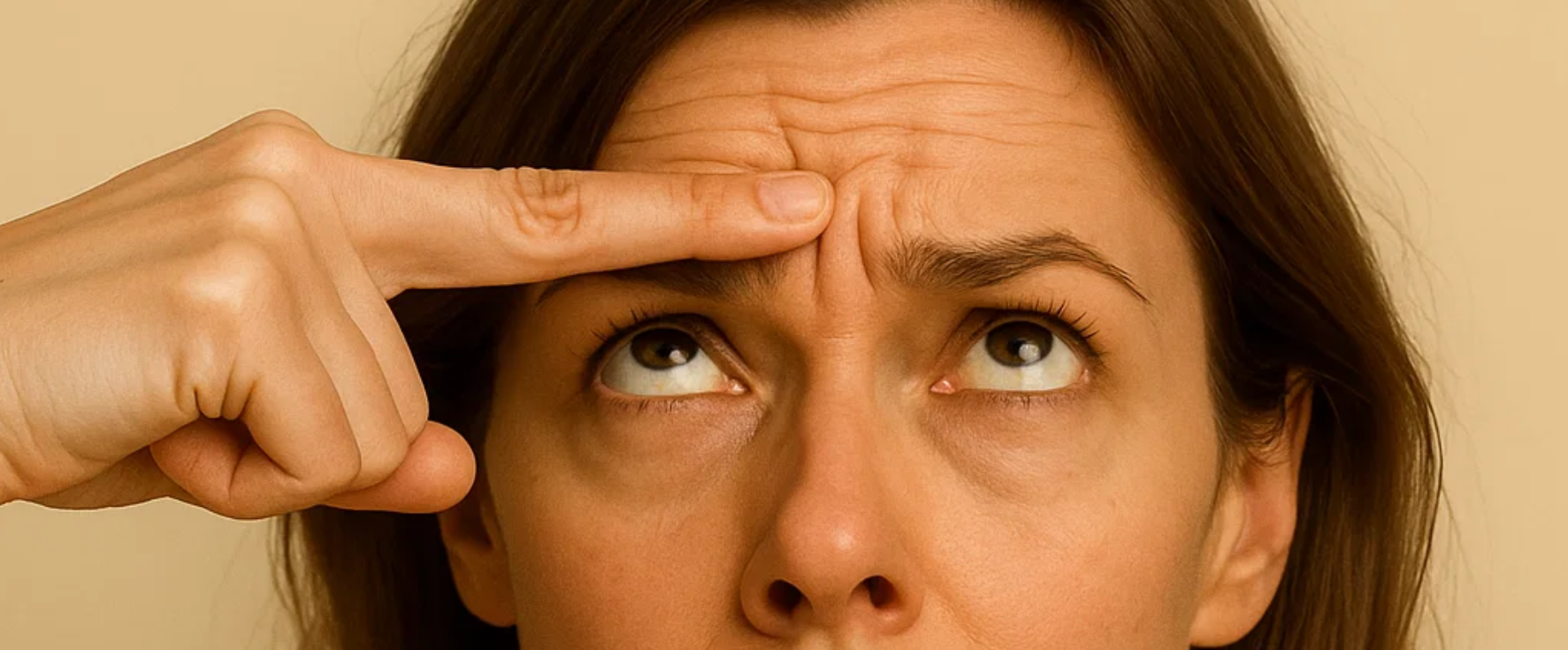
Botox – Botulinum Toxin
Botulinum Toxin – Botox
Botox injections primarily target expression lines on the upper face. Reducing forehead lines and frown lines, diminishing crow's feet, opening the eyes, and softening features are sought-after effects. Here is useful information to prepare for a consultation and an injection session.
Legal Information and Historical Reminder
Only certain specialists are authorized to inject botulinum toxin. The marketing authorization (MA) allows its use for frown lines, forehead lines, and crow's feet, without prohibiting other indications.
Rules to be Observed by the Practitioner
- Duty to inform: explanatory document on indications, contraindications, expected effects, and risks
- Mandatory estimate beyond €350, specifying areas, product, and price
- Rigorous training in the use of products
- Availability to reassure and support the patient
- Ability to manage any potential complications
Historical Reminder
Botox has been used since 1980 for the treatment of strabismus and blepharospasm, and since 1989 in aesthetics for wrinkles. The aesthetic marketing authorization dates back to 2003. Brands include: Botox, Vistabel, Dysport, Azzalure, Letybo, Bocouture.
The bacterium Clostridium Botulinum produces several toxins, of which purified toxin A is used in aesthetics. Injected in very low doses into specific muscles, it relaxes contraction, reduces wrinkles, and can provide a lifting effect on the eyebrows and eyelids.
How Has Botox Been Tested?
Since its initial use in neurology, Botox has found numerous applications in aesthetic and therapeutic medicine. In 1989, it was used for wrinkles, paving the way for widespread use.
Possible Side Effects
Most of the time absent or minimal (small bruises, temporary discomfort). No permanent side effects reported. Rarely: ptosis (drooping of the eyelid), which disappears within 3 weeks. In some cases, an existing malar bag may temporarily worsen.
All effects are reversible, and the treatment is considered very safe.
Affected Areas
Botox acts on expression lines:
- Horizontal forehead lines
- Glabellar lines (frown lines)
- Crow's feet
- Smoker's lines
- Drooping corners of the mouth
- Cervical jowls / facial oval
- Outer corners of the eyelids for a "doe-eyed" effect
It can also be injected into the masseters (to slim the face or treat bruxism), or in cases of gummy smile to reduce gum exposure.
Brow Lifting with Botox
By relaxing the orbicularis muscle, the frontal muscle dominates. Result: opening of the eyes and elevation of the eyebrow ("medical frontal lifting"). Botox thus allows for delaying or avoiding a traditional surgical lift.
Injection Points
Botox is injected at precise points:
- 3 to 5 points in a V shape between the eyebrows (frown line)
- 4 to 6 points on the forehead (horizontal lines)
- 1 point at the tail of the eyebrow
- 1 to 3 points outside the corner of the eye (crow's feet)
New indications: masseters, bitterness lines, neck folds, smoker's lines, tip of the nose.
Timing and Duration of Effects
The effect appears from the 2nd or 3rd day and stabilizes within 15 days (with a follow-up visit). The average duration is 4 to 6 months. After several sessions, the effect can last up to 8 months, as the muscles lose their automatism.
Conclusion
The injection of botulinum toxin can be performed at any adult age. It is the most practiced aesthetic medical procedure in the world, and its effectiveness and safety make it a reference for non-surgical facial rejuvenation. It can be combined with other facial techniques.
